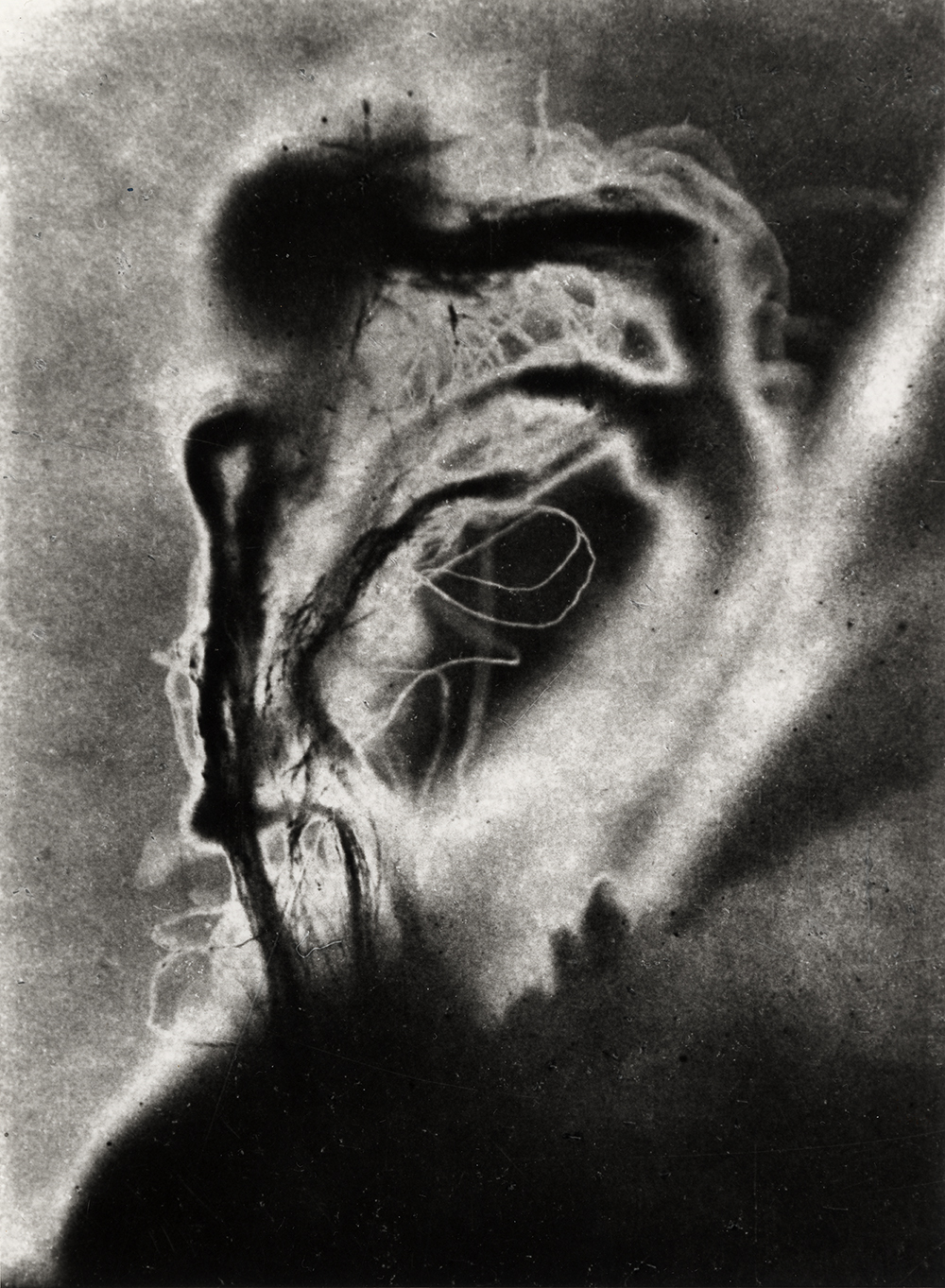
Title
An Artist among the Ruins Art in Poland in the 1940s in the Context of Surrealism
https://miejsce.asp.waw.pl/en/artysta-na-ruinach-2/
Abstract
This text aims to create a new framework for understanding the art that emerged in Poland right after World War II. It is focused on two art centres of post-war Poland – Kraków and Warsaw. Both artistic milieu showed a bias towards forms and ideas of Surrealist art. Surrealism seemed to be the third way, a chance to avoid the dilemma: aestheticism versus Socialist Realism that the newly established socialist state was about to impose. Between 1945 and 1948 the cultural ties with other countries in Europe were not yet completely severed and the choice of Surrealism undoubtedly had political dimensions. Surrealists in France, Czechoslovakia and Yugoslavia were considered traitors by Communist Party already in the 1930s and stigmatised as ideological enemies. Left-wing intellectuals aligned themselves with Surrealism, aware of its dissident position. I examine the series of photographs ”The Magellan Heart” by Zbigniew Dłubak from 1948. These images, which can be compared to those of Man Ray or Boiffard, represent close-ups of plants, transformed by framing or solarisation, and were titled after the excerpts from ”Canto General” epic poem by Pablo Neruda. I propose to read them from the perspective of the writings of Kazimierz Wyka, at that time a young literary critic, who was the first to analyse the existential and economic situation of the war-time Poland in colonial terms. Thus in the work of Dłubak a distant world of America that falls prey to conquistadors is a metaphor for ‘here and now’ of the artist. His photographs represent ‘life among the ruins’ – the uncanny feeling of separation and fear after witnessing the mass death and the extreme violence of war.
This article is only available as an abstract in the English version of our magazine.
Dorota Jarecka
dr Dorota Jarecka - historyczka sztuki, literaturoznawczyni, adiunktka w Instytucie Badań Literackich PAN, kuratorka wystaw oraz autorka publikacji z zakresu społecznej historii sztuki i kultury wizualnej, od 2016 roku kierowniczka warszawskiej Galerii Studio. Wspólnie z Barbarą Piwowarską przygotowała cykl wystaw Erny Rosenstein – w Fundacji Galerii Foksal w Warszawie (2011), w Galerii Art Stations w Poznaniu (2013) i w Muzeum im. Xawerego Dunikowskiego w Warszawie (2014) – oraz publikację Erna Rosenstein. Mogę powtarzać tylko nieświadomie (2014). Współredagowała następujące książki o artystkach: Krystiana Robb-Narbutt. Rysunki, przedmioty, pracownia (2012), Natalia LL. Doing Gender (2013) i Ewa Zarzycka. Lata świetności (2016). W 2013 roku opublikowała wywiad-rzekę z Andą Rottenberg pt. Anda Rottenberg. Już trudno, a w 2021 roku monografię Surrealizm, realizm, marksizm. Sztuka i lewica komunistyczna w Polsce w latach 1944–1948.










